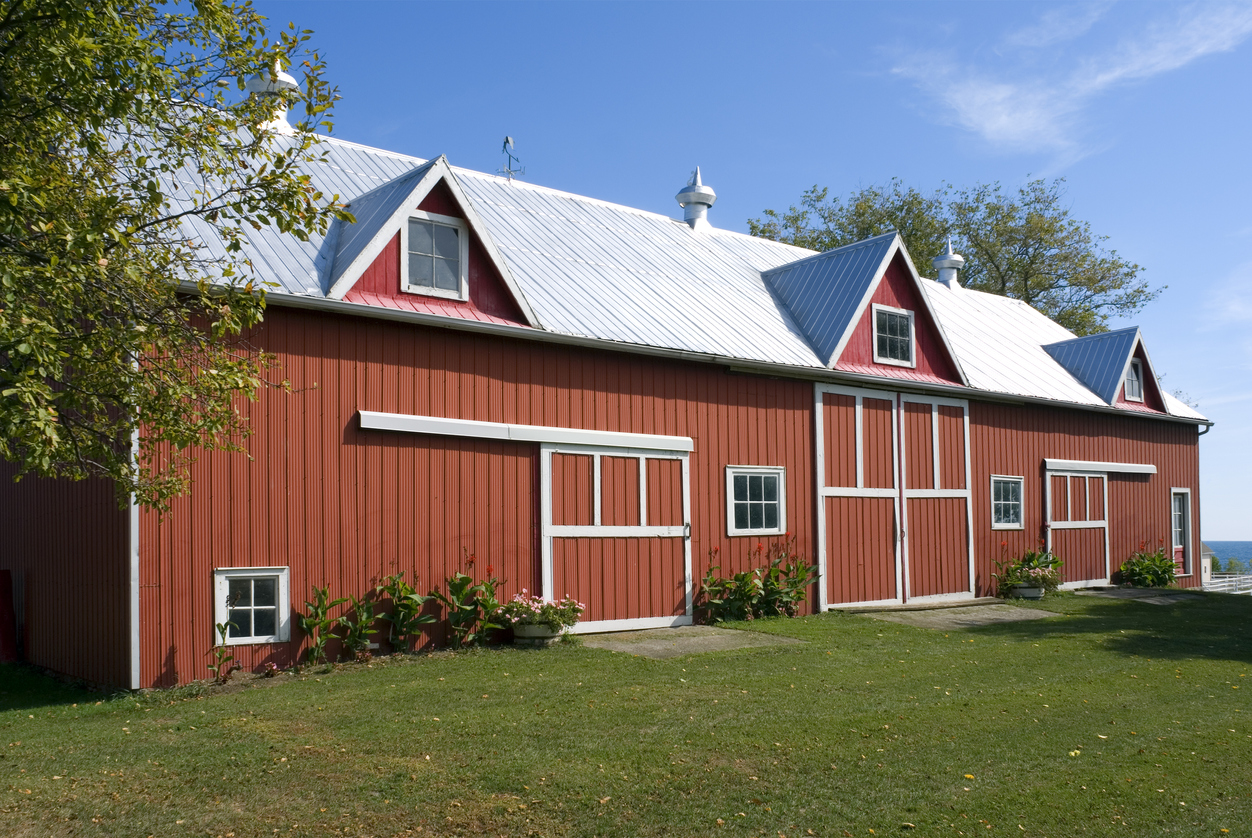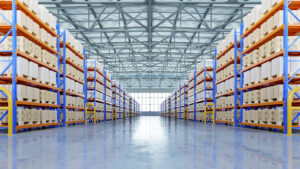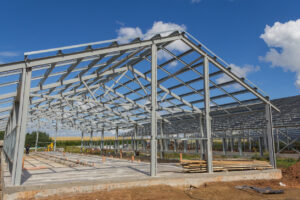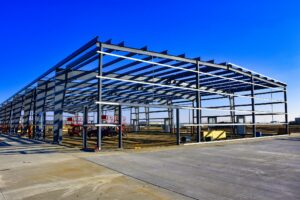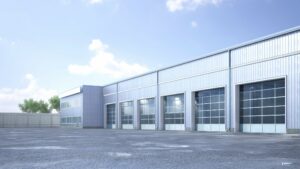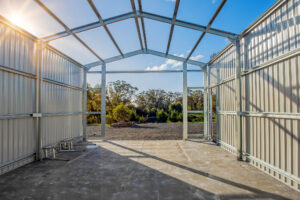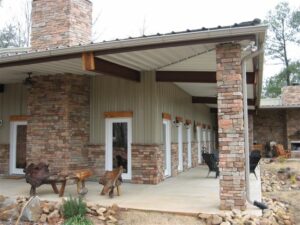In the past, most metal building construction was reserved for some commercial and industrial operations. Yet the market has slowly entered more public, government, and residential use, as we see metal buildings at recreational areas, public parks, home garages, storage sheds and many other uses. The market has experienced rapid growth for several decades, even during a global pandemic. When reviewing the industry outlook, construction continues to look favorably at this industry segment, predicting an increase in construction projects up to the year 2026.
Previous 2021 Trends
The year 2021 created upheaval due to the pandemic. With supply chain shortages and increased material prices, many people worked from home and businesses downsized their workforces until the economy opened up again. However, while construction experts predicted that the market for new construction would decrease during this time span, the market actually increased with people focused on home construction projects.
The Dodge Data & Analytics predicted that the overall construction industry would only see an increase of 4% of construction starts for that year. At the end of 2021, there was in fact a 12% increase, reports Metal Construction News. Construction had boomed during that period, leading to $893 billion total starts.
For the metal construction industry, the market segment itself saw a 12.9% increase during that same period. Broken down to individual construction projects, metal roofing projects increased by 9.3%, exterior light-gauge steel framing increased by 9.5%, interior light-gauge steel framing increased by 3%, and metal wall panels increased by 2.5%. Total sales for these metal projects reached $5,327,987 and total contracting revenue for metal projects hit $6,987,318.
General contractors who were asked about their operations stated that metal building projects made up more than half of their revenue. They claimed that 60% of their revenue came from building metal structures. The contractors surveyed included metal building general contractors, metal roofing contractors, metal framing contractors, metal erectors, and other types of firms. General contractors and roofing contractors for other building materials were also included in the survey.
2022-2026 Projected Trends
When asked about the amount of metal projects that they may take on during 2022, construction numbers still remained strong. Roughly 79.1% predicted that they would continue to take on these projects, showing that contractors across the country are available to meet any rising demand that may occur for residential, commercial, industrial, or government buildings.
Experts are keeping a close eye on the overall economic landscape for the construction industry due to inflation and building material prices. Global supply of sheet metal had hit a peak in 2021 due to undersupply and increased demand caused by the pandemic. Yet US sheet metal demand is forecasted to decline by 7.6% annually from 2022 to 2026, according to PR Newswire. For 2022, the demand for sheet metal is expected to fall by 30%.
The projected growth of metal buildings with the expected fall of sheet metal demand has created mixed projections. One of the reasons for this decrease in demand may involve the rise in mortgage rates, which may put a slight damper on future construction projects for the end of 2022. However, metal building projects are expected to even up to their usual historical trends.
Metal Building Construction Continues to Move Strong
Metal building construction is set to continue at a steady rate. Residents, government, and commercial construction projects have seen the benefits of having a steel building to protect themselves and their possessions. Steel building contractors and suppliers are moving forward to offer the latest innovations and materials for construction contractors.
Whether a customer is looking for a metal building constructed from the ground up, a prefabricated metal building, or some type of metal building element — such as metal roofing – added to a wood or brick constructed building, contractors will provide their expertise in providing a strong and durable constructed building that will work for operations.
Metal building construction is not limited by industry. Agricultural, retail, industrial, recreational, warehousing, and commercial operations may take advantage of these buildings. Some of the most common metal building projects that customers may request include the following:
- Aircraft Hangers
- Barns
- Equestrian Arenas
- Churches & Places of Worship
- Industrial Plants
- Warehouses
- Detached Garages
- Cold Storage Buildings
- Heavy Equipment Storage
- Workshops
- Recreational Buildings
Here at SteelCo Buildings, we design, build, and sell steel and metal buildings for commercial, residential, and industrial use throughout the U.S.. We provide general contracting services throughout Georgia as well as prefabricated steel building materials nationwide. For more information regarding our prefab buildings and contractor services, contact us today.









